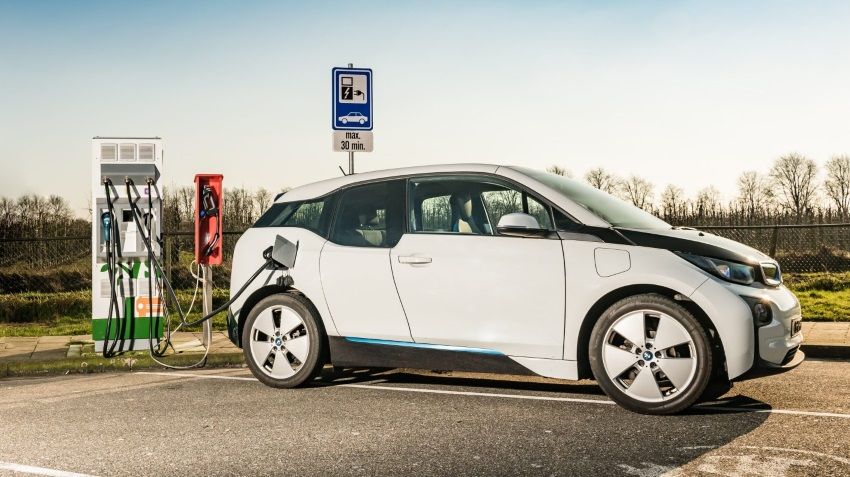In Russia can abolish the vehicle tax on electric cars

17 September 2018
The government is discussing support for sustainable transport
Despite the alleged the impressive growth of demand (+65% the first quarter of 2018), electric cars in Russia remain a rarity. As calculated by the analytical Agency "AUTOSTAT", in the first three months, the Russians bought only 28 of environmentally friendly cars. Experts note that in addition to obvious barriers like poor infrastructure, difficult climate and low purchasing power one of the obstacles for the development of this segment remains the lack of support from the state. Needless to say, if electric vehicles have to pay import duty and transport tax.
But now there is another rumor that the transport tax for electric vehicles can be undone. And it's not just regular moaning of the fans of the machines and the words of the Deputy Minister of Finance of Russia Ilya Trunina.
But rejoice too soon is not worth it. According to Mr. Trunin, the issue of zeroing to address the regional authorities. They will be able to install any of the benefits if they do not contradict the General principles of taxation. In other words, the subjects can be exempt from tax on transportation of people owning electric cars.
If you believe the recently released data the number of electric vehicles in Russia increased to 2 500 pieces. Amid all of the market (1.6 million) and fleet (and 43.6 million) the only cars is a drop in the sea. Respectively, and income taxes from their owners, quite invisible against the background.
A year ago, the government has proposed not to impose the transport tax electric vehicles, but the Committee on budget and taxes then this idea is not supported. The arguments of the authorities it is difficult to understand because, given the modest amount of "green" cars, their total tax is negligible for the state.
Meanwhile, in August the number of electric cars in Europe exceeded one million. As stated, the Swedish research company EV-Volumes, by the end of the year current year total "green" fleet of the Old world will reach 1.35 million vehicles. The most popular such machines in use in Norway, Germany and the UK.
|
|
|
Element was not found.








